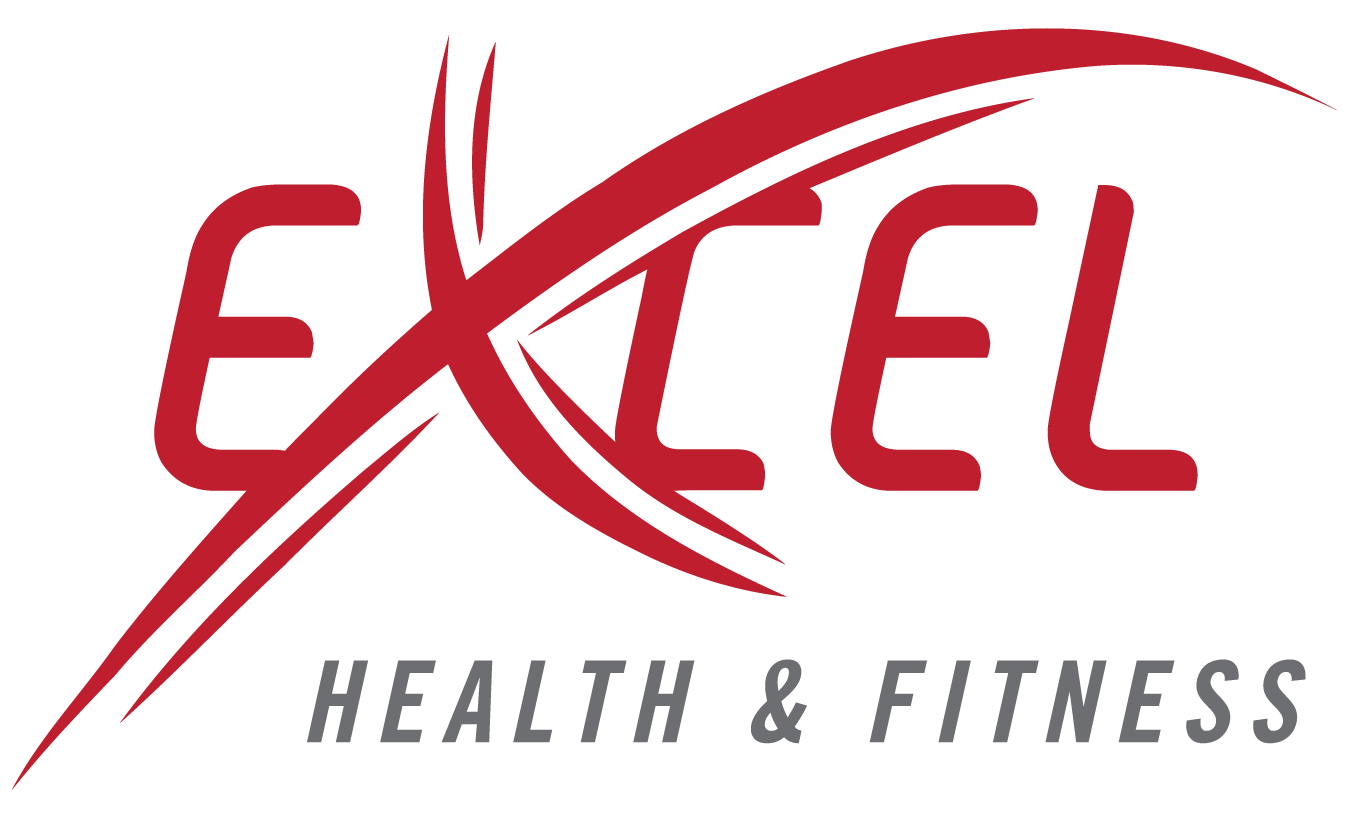If You’ve Ever Wondered “Is This Even Right?” — You’re Not Alone
You step on a scale or scan with one machine, and it tells you you're at 28% body fat. Then you try a different one and it says 34%. What gives?
It's a fair question. People want to know if body fat testing machines are reliable or just fitness gimmicks. The answer depends on which machine you're using and how you're using it.
At Excel Health & Fitness in Manteca, we use the Fit3D ProScanner because it's consistent, data-rich, and built to track change over time, not just spit out a single number.
Not All Body Fat Tests Are Created Equal
Here’s a quick breakdown of common types:
Handheld devices (BIA)
Sends a mild current through the body
Inexpensive and quick
Easily affected by hydration, food, and time of day
Often gives inconsistent readings
Caliper skinfold tests
Uses pinches on certain areas to estimate fat
Can be accurate in expert hands
Depends on technique and user skill
No digital tracking or visuals
InBody and similar BIA scales
More advanced but still based on electrical impedance
Can vary if hydration or setup isn’t perfect
DEXA scans
Clinical-grade, very precise
Expensive and requires a medical facility
Best for special cases like osteoporosis or surgical prep
Fit3D scanner
Uses infrared cameras to map your body in 3D
Measures hundreds of data points
Less sensitive to things like water or food intake
Great for tracking physical change over time
What Accuracy Really Means in Body Fat Testing
There’s no machine that reads your body fat like a blood test. Every method is still an estimate based on inputs and assumptions.
But a good machine gives you:
Consistency
Reproducible results
Clear trends over time
That’s where Fit3D shines. It may not give you a DEXA-level lab result, but it shows you exactly how your body is changing in shape, symmetry, size, and proportion, all without the price tag or clinic visit.
The Real Question: Can You Trust the Results to Guide You?
Accuracy isn’t just about the number. It’s about whether the test helps you:
Set realistic goals
Track real progress
Stay motivated
Know when to adjust
If a machine helps you do that, and does it consistently, it’s doing its job.
At Excel, we make sure every scan gives you clear, useful data you can actually act on. No fluff. No guesswork.
